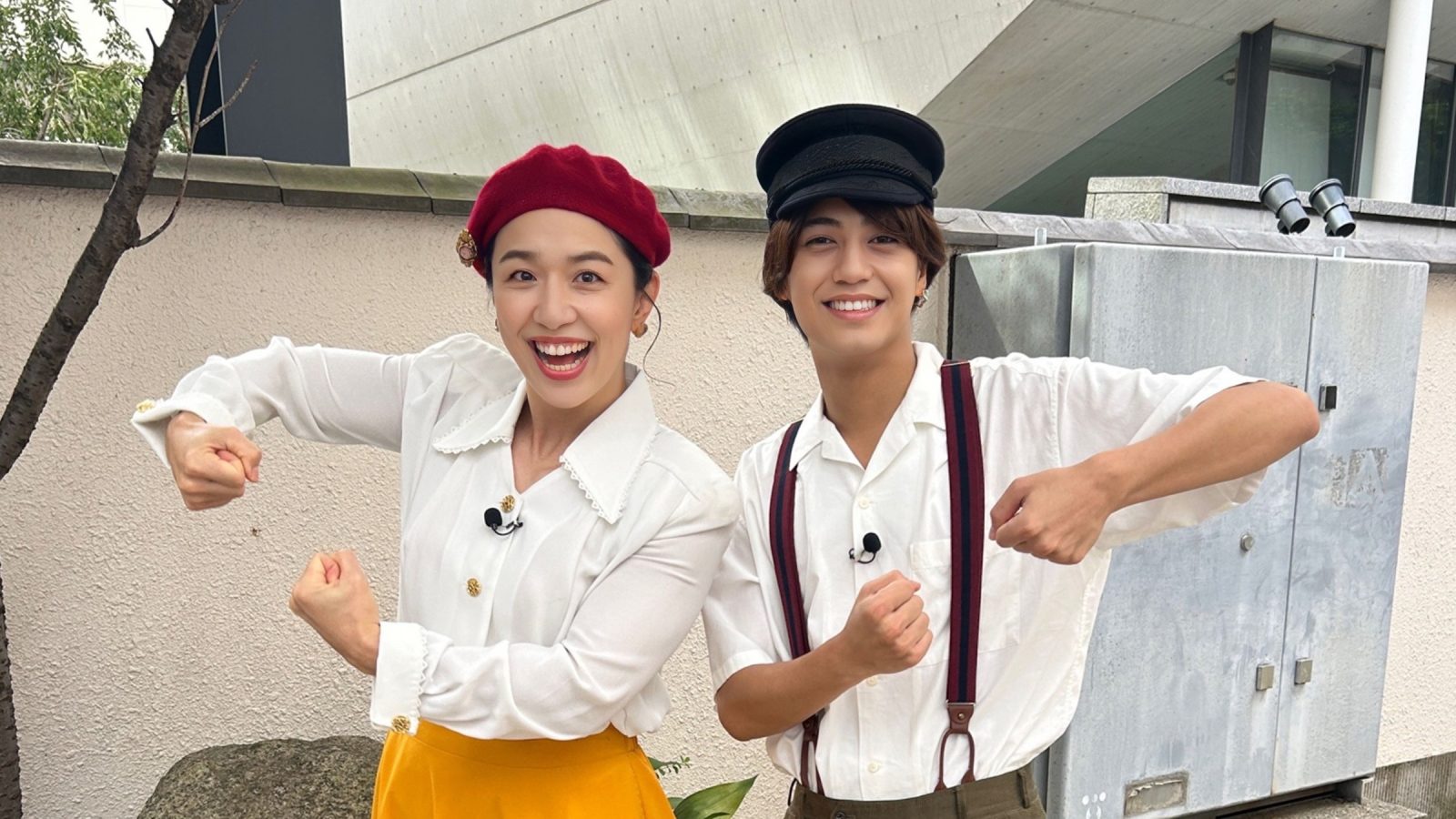“Kintore”, in which King & Prince’s <a href="https://www.world-today-news.com/10th-anniversary-special-aiba-manabu-celebrates-with-king-princes-ren-nagase-and-kaito-takahashi/" title="10th Anniversary Special: Aiba Manabu Celebrates with King & Prince's Ren Nagase and Kaito Takahashi!”>Ren Nagase and Kaito Takahashi serve as MCs, was broadcast on October 26th, with Takahashi attempting to recreate dishes using the oldest recipes in a new project. This program is a new economic variety show that solves questions related to money through hands-on experience and develops the sense of money necessary for life.
On the program, a new project called “Oldest Cooking” will be launched to revive the taste of the oldest recipes in modern times, and Takahashi will talk about the tastes of the oldest recipes and how much it costs to recreate them. Explore. This time, we will try to recreate Japan’s oldest curry using a 152-year-old recipe with Kyoko Hamaguchi, a female wrestler who has won bronze medals at two consecutive Olympic Games. The two went to Takehisa Inoue, a leading curry researcher, to unravel the string of the oldest curry.
The roots of modern curry can be traced back to the 18th century, when the British brought it back to their country from India and arranged it in a British style, and it was introduced to Japan at the end of the Edo period with the opening of the port of Yokohama. Later, in 1872 (Meiji 5), “Western Cuisine Instructions” was published, which was the first to describe the ingredients and how to make curry.
Takahashi discovered the kanji for “green onion” in literature. When we think of green onions in modern curry, we think of onions, but at the time, onions were used for ornamental purposes, and long green onions were used in curry during the Meiji era. At that time, only three types of curry were used: green onion, ginger, and garlic. It is said that the commonly associated carrots, onions, and potatoes began to be used in the late Meiji period.
Takahashi was impressed by the evolution of these ingredients, saying, “It’s amazing, it’s the history of food.” Meanwhile, Takahashi also progressed in deciphering the meat that had been added to the curry, and found a mention of “red frog” mixed in with the chicken and shrimp. I couldn’t help but say, “You’re lying, right?” with a clouded expression. According to Inoue, Japanese people did not eat pork or beef until the Meiji period due to the “meat-eating ban” enacted in 675. Another theory is that frog meat was valued as meat because chicken was expensive.
Next, Takahashi and Hamaguchi rush to collect ingredients for the curry. In addition to experiencing the harvest of “Yanaka ginger,” which was used in curry at the time, and purchasing two plants for 1,000 yen, we also purchased “Edo Senju green onions,” a traditional vegetable that has remained unchanged for 200 years, at the green onion specialty store, which has been in business for 139 years. I bought two bottles for 880 yen at “Zen”. Takahashi was impressed by the flavorful vegetables, saying, “People in the past ate amazingly delicious ingredients.” The two also procured ingredients mentioned in the literature, such as frog meat, oysters, and sea bream, at specialty stores. Finally, with Inoue’s help, the special curry powder was prepared with 10 different spices and was ready for cooking.

